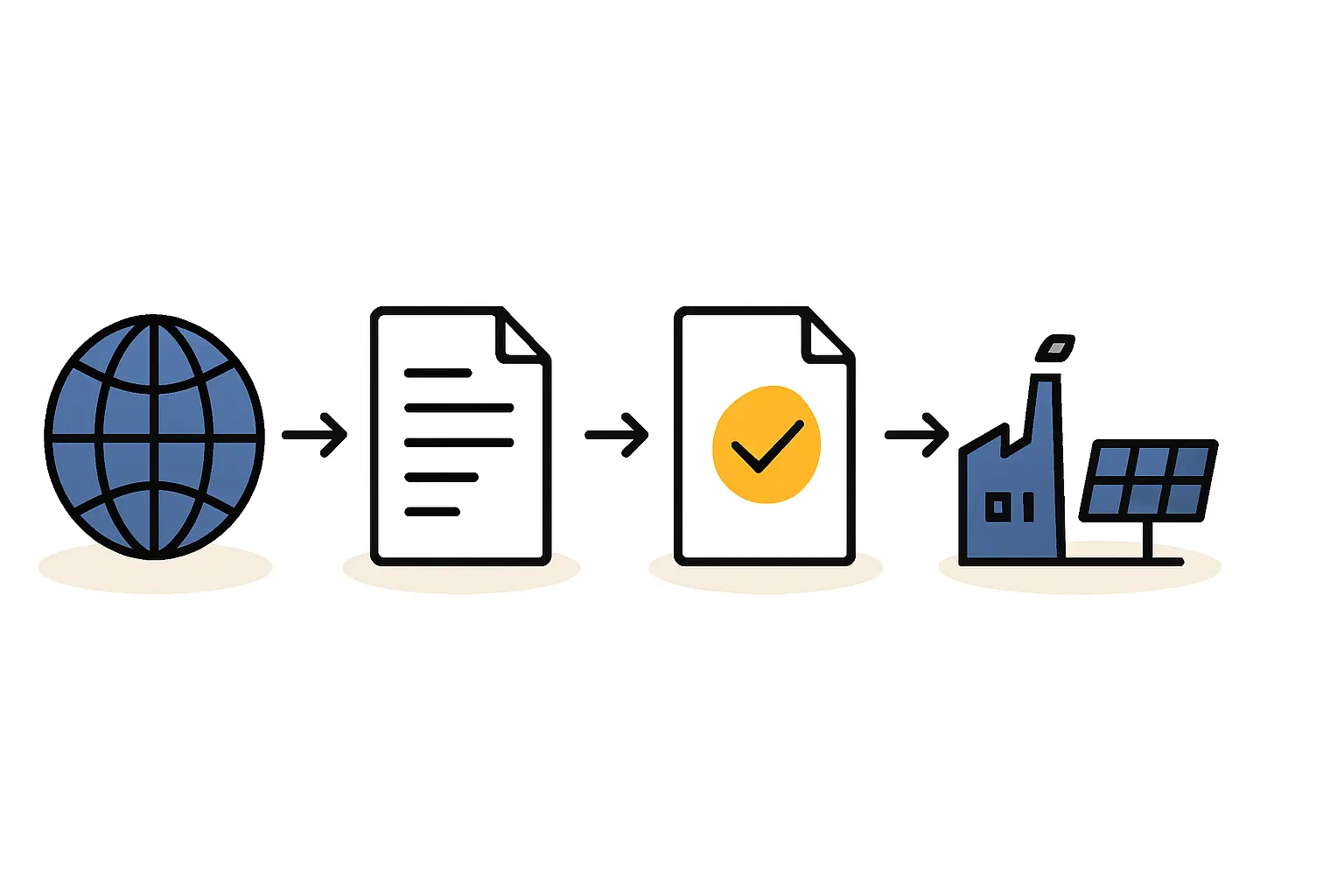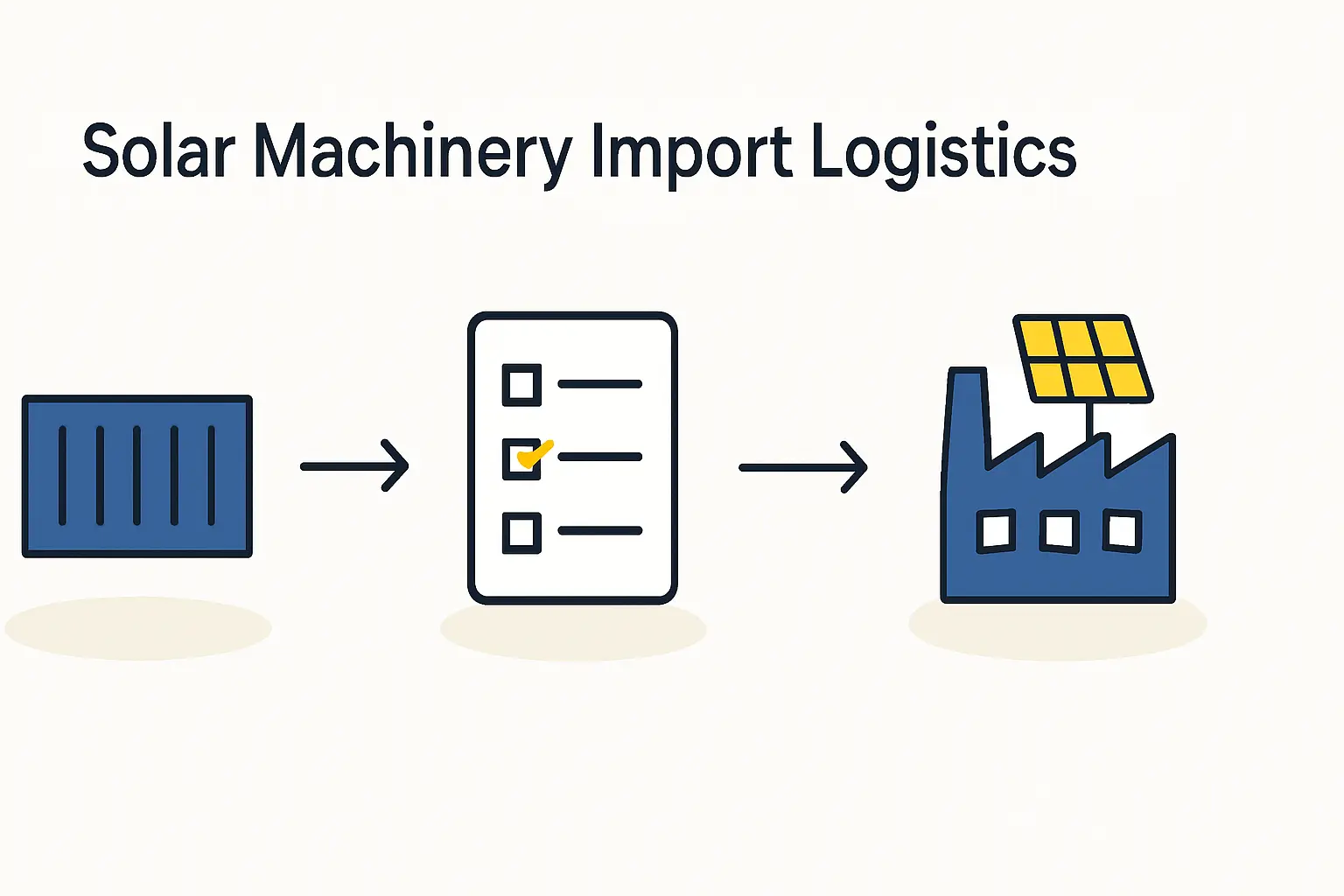Myanmar’s Green Leap: Germany and the Myanmar renewable energy plan
The Myanmar government is undertaking a significant energy transformation, prioritizing the use of renewable energy to expand rural electrification as outlined in its National Electrification Master Plan. This ambitious strategy serves as a compelling case study for nations worldwide, including Germany, on navigating the complexities of a large-scale energy transition. The plan aims to double Myanmar’s electricity production capacity from approximately 6,000 megawatts to 12,000 megawatts by 2030, a goal that underscores the nation’s commitment to both development and sustainability.
Ambitious Goals: A Green Focus in the Myanmar renewable energy plan
At the heart of the plan is a dual objective: meeting rising energy demand while fundamentally shifting the country’s energy portfolio. As of September 2025, Myanmar’s total generation capacity stood at 6,357 MW. The government has set a target to achieve 50% of its electricity generation from renewable energy sources by 2030. This move aligns with a broader global trend towards decarbonization and sustainable development, reflecting a commitment to building a resilient energy future.
Deconstructing the Plan: Solar Expansion in the Myanmar renewable energy plan
To understand this transition, it’s essential to look at the current energy mix. Hydropower is the cornerstone, contributing 51% of the capacity, followed by natural gas at 40%. However, the future growth is firmly pinned on other renewables. Solar power, currently at 4%, is set for a massive expansion. The plan aims to add around 2,000 MW from renewable sources (excluding large hydro), with the potential to increase this to over 3,000 MW with international support.
This strategic pivot towards solar energy highlights the increasing global reliance on photovoltaic technology. Successfully implementing such projects requires a deep understanding of the entire supply chain, from sourcing components to final installation. The intricate solar panel manufacturing process is central to achieving these large-scale goals.
Ready to make big Profits?
The solar Industry is Booming
WE HELP NEWCOMERS to the solar industry start their own solar module production line. Customers can make BIG PROFITS by selling modules and finding investors, without wasting money and time on things they don't need!
The Solar Surge: Local Impact of the Myanmar renewable energy plan for Germany
Myanmar’s focus on solar is not an isolated event; it’s part of a worldwide energy revolution. For homeowners and tenants in Germany, this global momentum has direct and indirect consequences. Large-scale international projects drive innovation and create economies of scale across the industry. This increased demand influences everything from the price and availability of solar panel raw materials to the development of more efficient solar panel manufacturing machines to meet the production needs.
Ultimately, as more countries invest heavily in solar infrastructure, the technology becomes more refined and affordable for consumers everywhere. The basics of solar panel manufacturing are continuously improving, leading to better and cheaper panels on the market in Germany.
A Long-Term Vision: Coal’s Farewell in the Myanmar renewable energy plan
Complementing its push for renewables, the National Electrification Master Plan also outlines a clear path away from fossil fuels. While coal currently accounts for a small portion (2%) of the energy mix and will be maintained until 2030 to ensure grid stability, the government has committed to a complete phase-out by 2050. This long-term vision for decarbonization mirrors the goals of Germany’s own Energiewende and demonstrates a shared global understanding of the need to address climate change.
Understanding the investment required for this shift, including the significant solar panel manufacturing plant cost breakdown, helps put the scale of this global challenge into perspective.
Myanmar’s ambitious plan is more than a national energy strategy; it’s a signal of the accelerating global transition to clean power. It shows that developing nations are not just participants but key drivers of the green revolution. For residents in Germany, it serves as a reminder that our local energy choices are connected to a larger, worldwide movement toward a sustainable future.
If this global shift has sparked your interest in the potential of solar technology, you can deepen your knowledge by exploring our free e-course on the essentials of solar energy.


